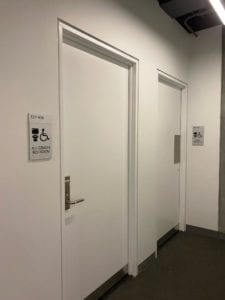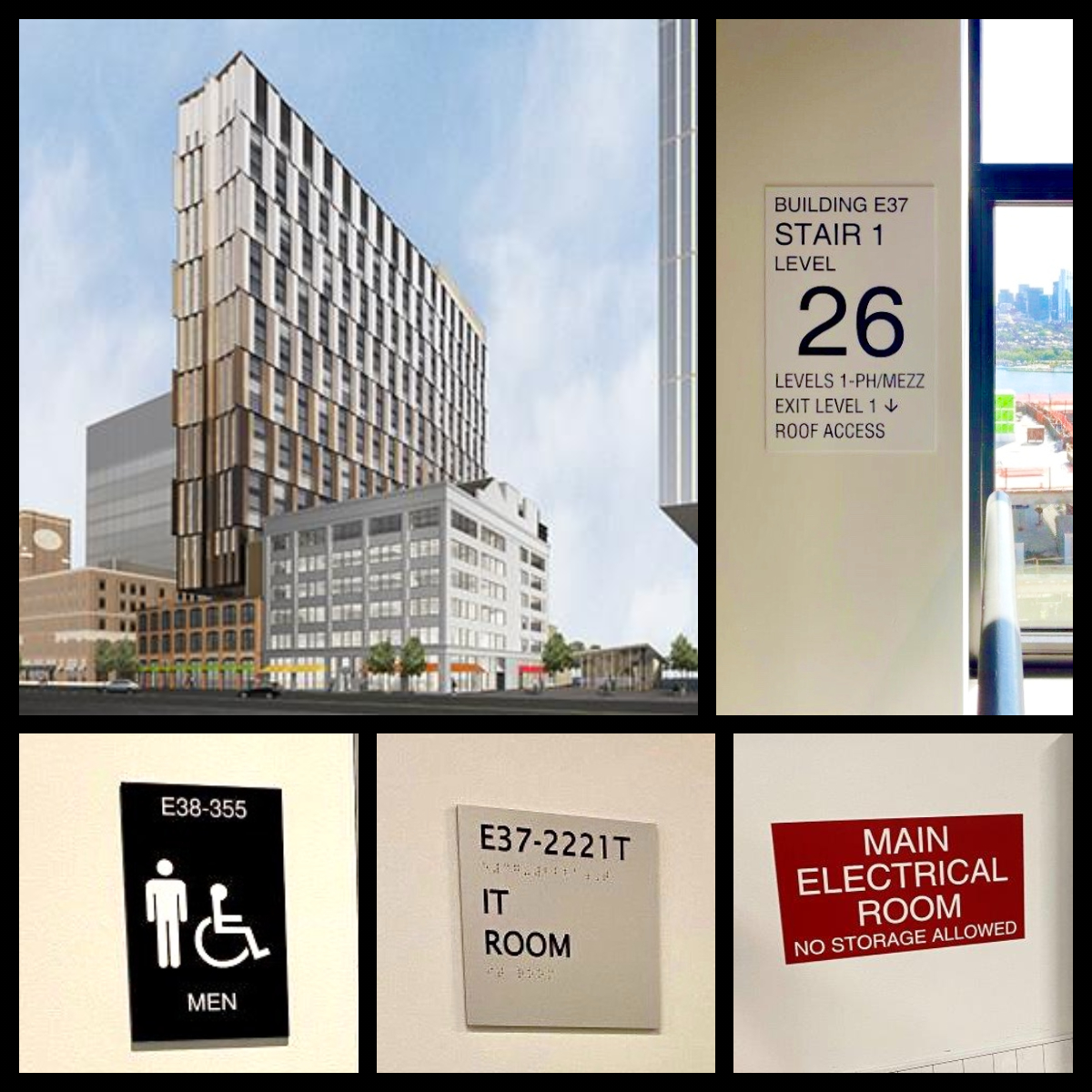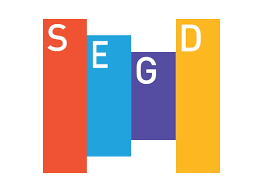Partnering with a Design-Build Signage Company Protects Budgets and Timelines
Colleges and Universities, Design/BuildWhen you’re faced with a mammoth project that spans three years and involves many stakeholders, collaboration and communication are critical keys to a successful outcome. Equally as complex as the UMass Boston signage project, Massachusetts Institute of Technology’s (MIT) Kendall Square project has required a massive amount of coordination among the stakeholders.
As a designer-builder, Metro Sign knows that when they’re involved early in the planning process, they can help to control the budget. Elena Berry, Director of Business Development at Metro says, “Developers don’t always think about bringing in fabricators — like signage manufacturers — during the early planning stages of a project. Metro has the experience to proactively identify potential issues earlier in the planning process. Then when it comes time to execute, the project can avoid expensive costs that result from needing to make (and experience) unplanned changes.”
Metro Sign joined this project in 2019 — collaborating with Selbert Perkins, Turner Construction, and the MIT team to design, create, and install 2,032 wayfinding, dorm unit, and base building/ life safety signs used in the buildings’ interiors and exteriors.
The two-building project on Site 4 for which Metro Signage provided signs includes:
- A graduate student residence tower of about 454 living units
- A new home for MIT’s admissions office
- A 200-seat auditorium, known as The Forum
- A new childcare center open to serve the entire MIT community
- An Innovation and Entrepreneurship Hub
- Ground level retail space
- A six-level underground parking garage
In this case, Metro ‘s design/build team met the challenge of designing and delivering a massive signage package thanks to the leadership of its project manager — and the partnership with the stakeholders.
 Metro was also well-equipped to help the general contractor and architect develop the signage budget based on the Americans with Disabilities (ADA) issues and potential site-specific challenges. “We can help with permitting and other things early on so the general contractor doesn’t have to create a package — and then recreate it later to address updates or modifications. Metro can help streamline the process,” says Berry.
Metro was also well-equipped to help the general contractor and architect develop the signage budget based on the Americans with Disabilities (ADA) issues and potential site-specific challenges. “We can help with permitting and other things early on so the general contractor doesn’t have to create a package — and then recreate it later to address updates or modifications. Metro can help streamline the process,” says Berry.
When a project needs to meet a critical inspection timeline and it’s falling behind, for example, the general contractor must use temporary signs to meet hard deadlines. “Even if the regular signs aren’t ready, you still need ADA compliant signs up — but having a design/build team like Metro involved sooner rather than later will alleviate lag time issues,” says Berry.
Often the last trade to be considered, Berry says that involving Metro’s design-build team in the early planning stages can boost marketing efforts, too. “When you install exterior signs early in the process, you’ll pique curiosity and pump people up. Well-designed signs will get the conversation going.”
Like the other college and university clients with whom Metro has worked, the feedback Metro’s received from the stakeholders emphasizes the benefits of a solid partnership.
Previous posts in the Higher Ed series:
- Metro Sign Helps Colleges and Universities Enhance Messaging, Signage, Wayfinding and More – Higher Education Series Overview
- Keeping Pedestrians Safe at Fitchburg State – Higher Education Series Post 1
- Controlling Costs on a Complex UMass Boston Signage Project – Higher Education Series Post 2
- No Signage Project Too Big at Suffolk University – Higher Education Series Post 3
- Building Relationships at Salem State University – Higher Education Series Post 4

